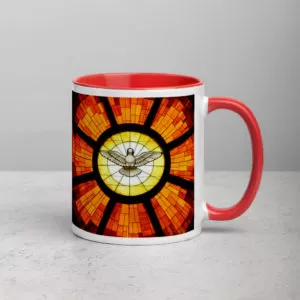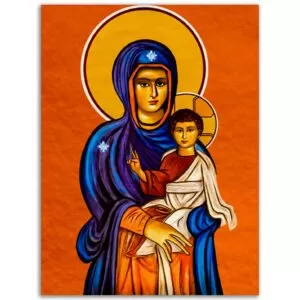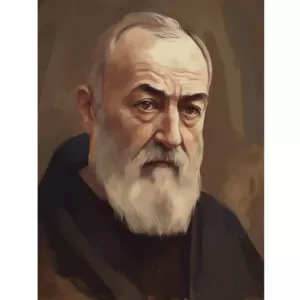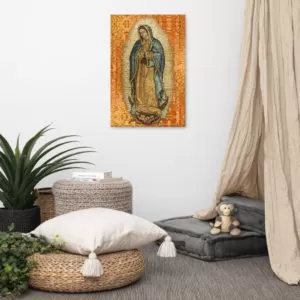Paragraph 2. ON THE THIRD DAY HE ROSE FROM THE DEAD

640
“Why do you seek the living among the dead? He is not here, but has
risen.”492 The first element we encounter in the framework of the
Easter events is the empty tomb. In itself it is not a direct proof of
Resurrection; the absence of Christ’s body from the tomb could be explained
otherwise.493 Nonetheless the empty tomb was still an essential sign
for all. Its discovery by the disciples was the first step toward recognizing the
very fact of the Resurrection. This was the case, first with the holy women,
and then with Peter.494 The disciple “whom Jesus loved”
affirmed that when he entered the empty tomb and discovered “the linen
cloths lying there”, “he saw and believed”.495 This
suggests that he realized from the empty tomb’s condition that the absence of
Jesus’ body could not have been of human doing and that Jesus had not simply
returned to earthly life as had been the case with Lazarus.496
- SECTION TWO I. THE CREEDS
- CHAPTER TWO I BELIEVE IN JESUS CHRIST, THE ONLY SON OF GOD
- Article 5 “HE DESCENDED INTO HELL. ON THE THIRD DAY HE ROSE AGAIN”
- Paragraph 2. ON THE THIRD DAY HE ROSE FROM THE DEAD
- Article 5 “HE DESCENDED INTO HELL. ON THE THIRD DAY HE ROSE AGAIN”
- CHAPTER TWO I BELIEVE IN JESUS CHRIST, THE ONLY SON OF GOD
From The Catechism of the Catholic Church – rosary.team
Original Link: https://www.vatican.va/archive/ENG0015/__P1S.HTM
















